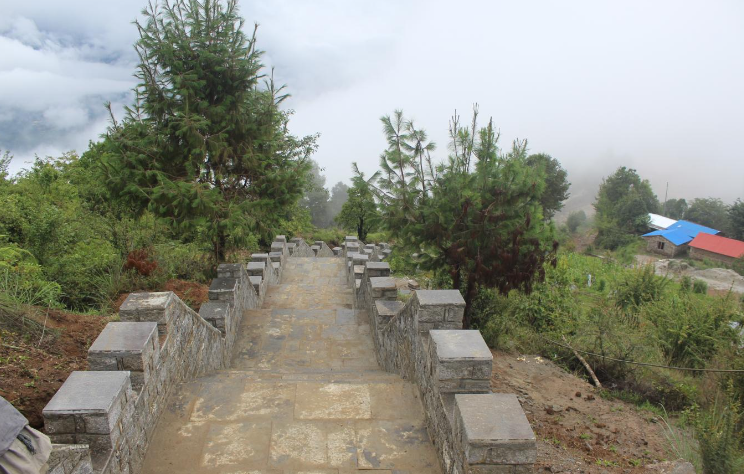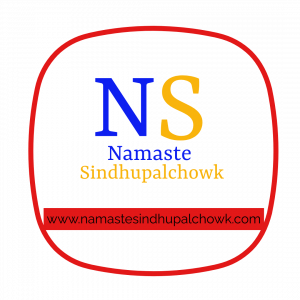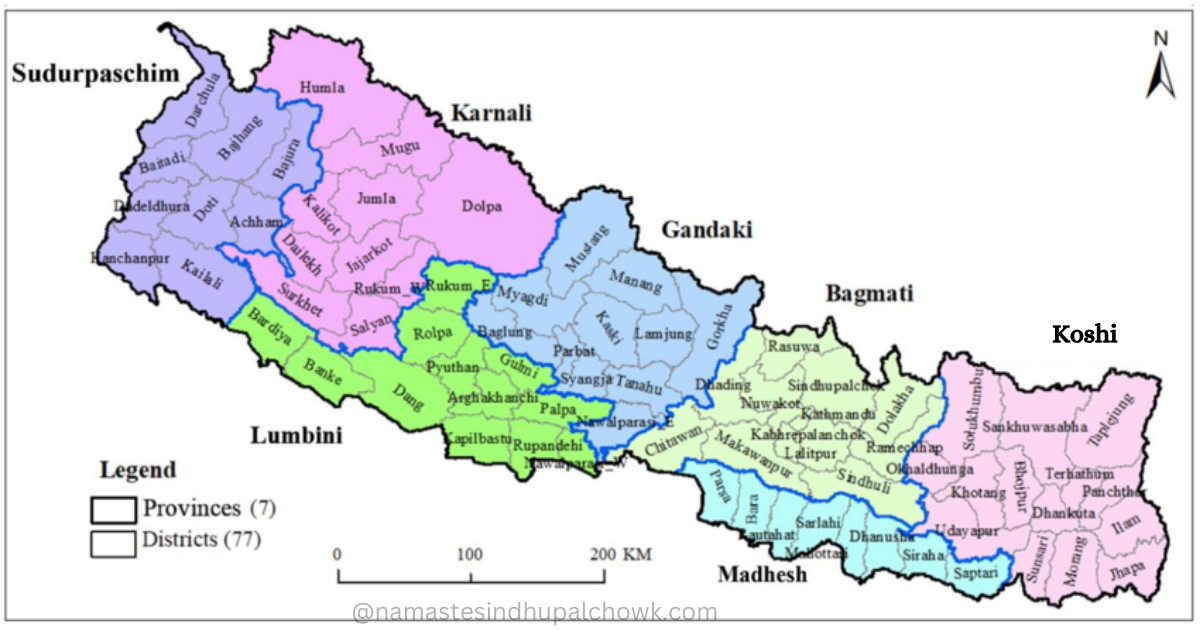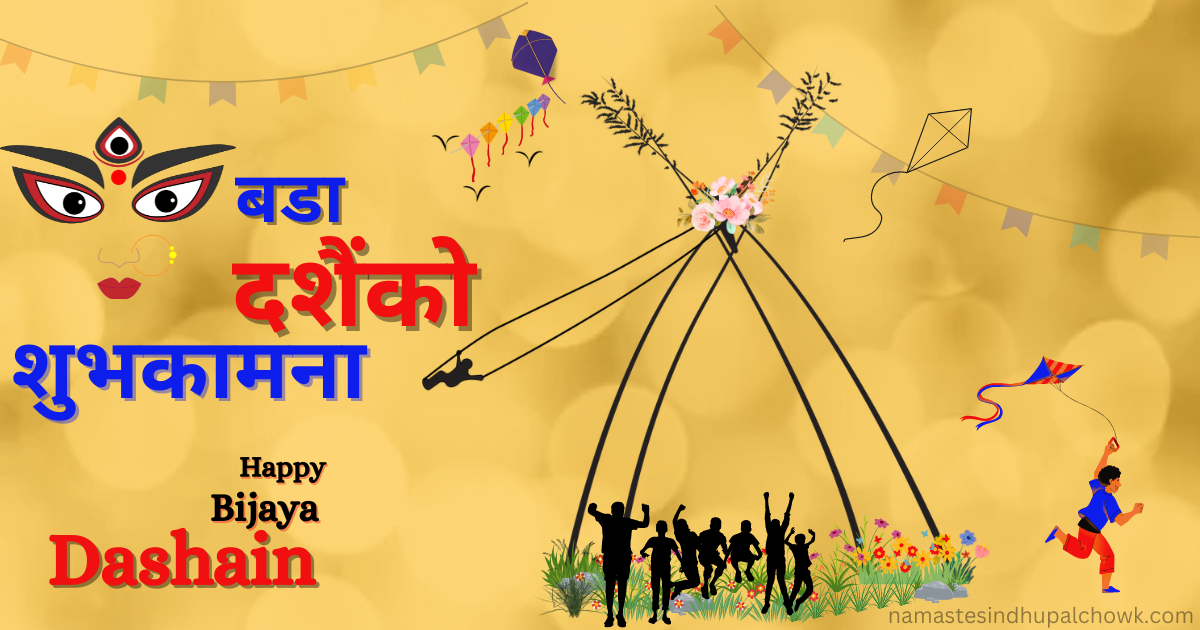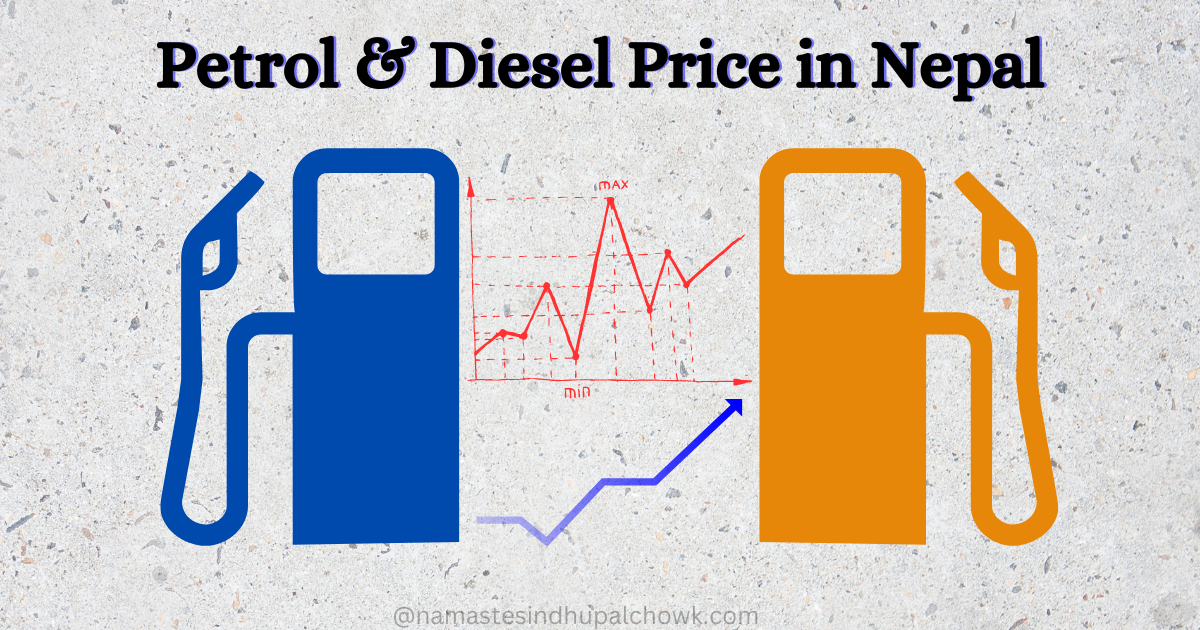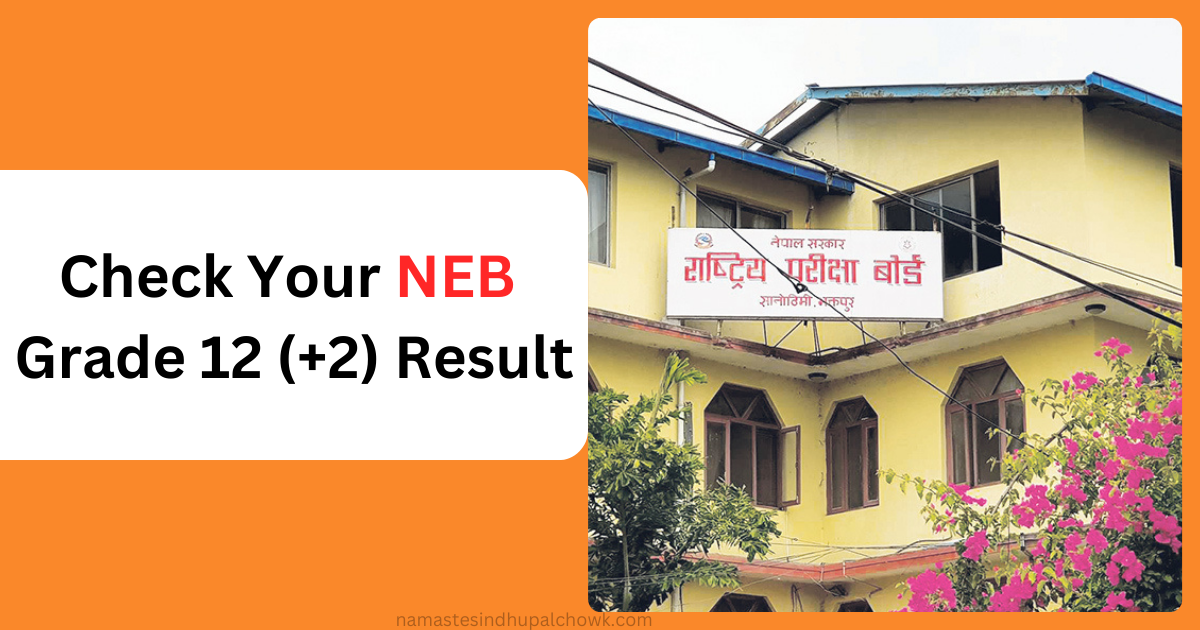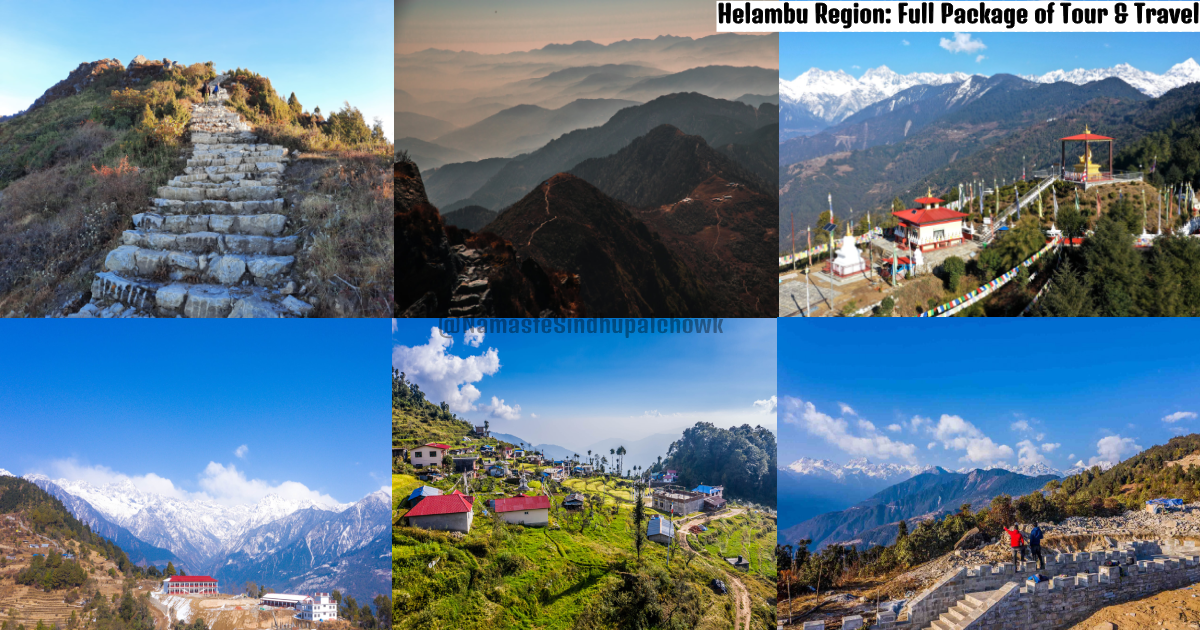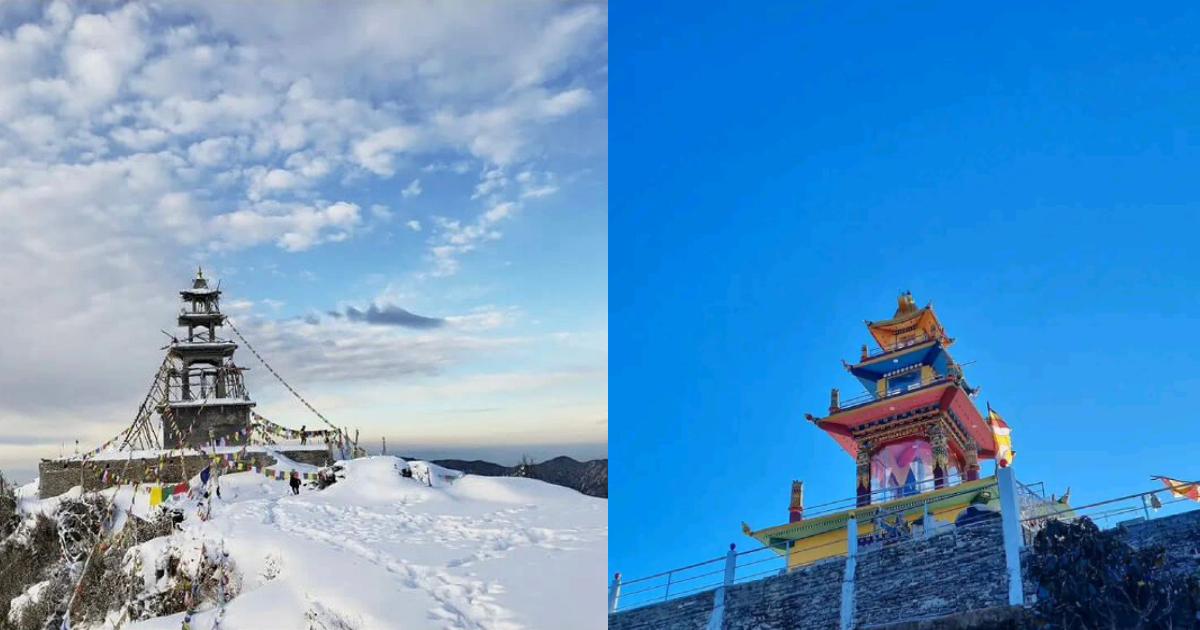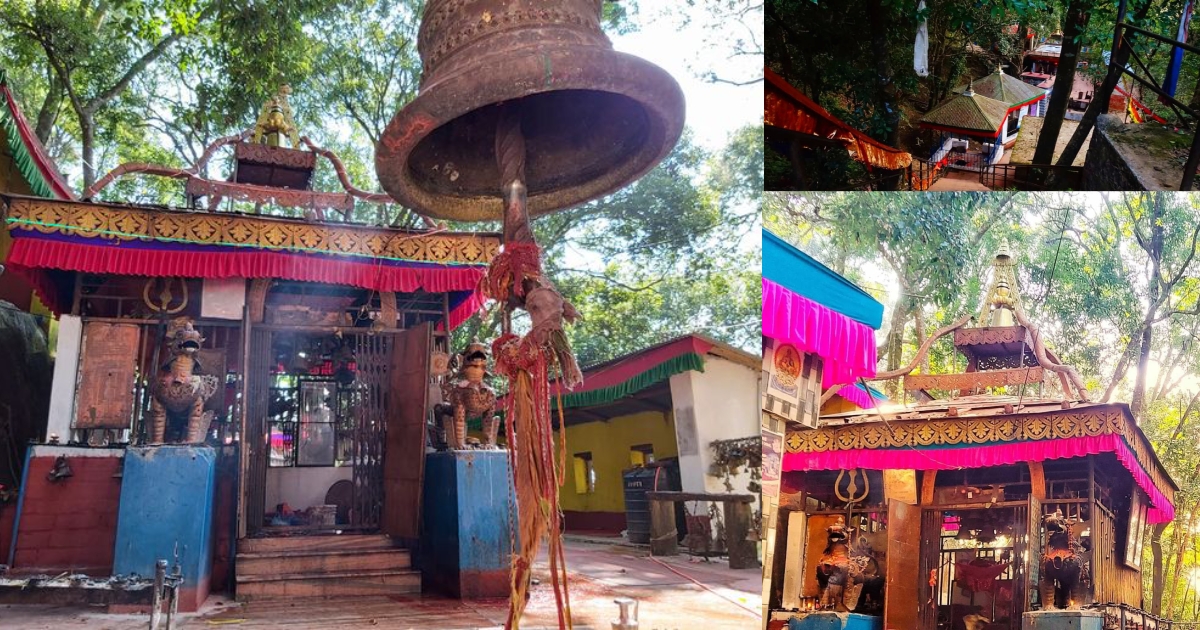Helambu Rural Municipality is located in the Sindhupalchok district under Bagmati province. Helambu rural municipality is a local government among 12 local levels (3 municipalities and 9 rural municipalities) of Sindhupalchok district. According to the information published by the Government of Nepal in the Gazette during the state restructuring for the implementation of federalism, the Helambu village council was formed by adjusting the village development committees of Helambu, Kiul, Palchok, Ichok and Mahankal. The rural municipality was named after the former Helambu Village Development Committee. Currently, there are seven wards in this municipality. Since there are a large number of monasteries in the Helambu area, it is also called the city of monasteries.
Nomenclature Background
Helambu does not only refer to a particular place. It represents the entire region. Earlier the name of Helambu VDC was Timbu Ghyang and Tarkeghyang panchayat. After the election of 2049, the first elected Village Development Committee was renamed Helambu. Helambu is a place where there are many Hyolmos. It has its own originality, tradition, and culture. There is a lot of potato cultivation in this area.
According to experts, ‘HE’ means potato and ‘BU’ means place, that is, the place where potatoes are grown. It is said that after “HEBU” it was corrupted and became Helambu.
Number of Wards
- Ward No. 1, Helambu
- Ward No. 2, Kiul
- Ward No. 3, Palchowk
- Ward No. 4, Gyalthum
- Ward No. 5, Chhajogang
- Ward No. 6, Ichowk
- Ward No. 7, Mahakal
Geographical Situation
The total area of Helambu rural municipality is 287.26 square kilometers. The eastern border of the municipality is connected with Panch Pokhari Thangpal rural municipality, while the western border is connected with Nuwakot district and Rasuwa district. Likewise, the northern border is connected with Panch Pokhari Thangpal rural municipality and Rasuwa district, while the southern border is connected with Melamchi municipality.
Helambu Rural Municipality extends from about 1000 meters above sea level to 5000 meters. That is why there is geographical diversity here.
Helambu is a combination of beautiful and high mountains, mountains, tar, and besin. View of Jugal Himal from Mother Yangri's bosom, places like Sarmathang, Tarkeghyang, Melamchi Khyang, Ghopteghyang and other places that reflect the cultural diversity are manes, monasteries and temples. Rivers such as Timbu, Gohore and others flow through this place.
The rivers flowing from here contribute to irrigation and drinking water. Helambu is the starting point of Melamchi water supply project's spring and tunnel route to the capital Kathmandu.
Located at a distance of about 80 km from Kathmandu, the capital of Nepal, Helambu is internationally known for trekking. Here you can reach Jirokilos via Araniko highway and from there via Melamchi-Helambu road.
Population
According to the census of 2068, the total population of Helambu was 17671 in which 8564 were males and 9107 were females and there were 4203 families.
According to the national census 2078, there is total population of Helambu is 17497. Out of which 8716 are women (49.8%) and 8781 are men (50.2%). Similarly, the census house number is 4690 and the family number is 4755.
In the local elections of 2079, the total number of voters of Helambu village was 17586, of which 9317 were men and 8569 were women. In that election, there were 10 polling stations and 22 polling stations.
Health Institution
Within Helambu Village, common to moderate diseases and patients are treated. Looking at the basis of health institutions, health posts are located in every ward. Helambu health post, Kiul health post, Echok health post, Mahankal health post, Palchoki health post etc. are the health institutions here.
Educational Institution
There are 16 child development centers within Helambu village. Similarly, there are 24 primary schools, 9 basic schools and 8 secondary schools.
According to 2068, the total literacy rate of the municipality is 52.82%, of which 59.11% are male and 46.94% are female.
The national census 2078 BS shows that the literacy rate of Helambu is 63.5%. Out of that, 69.3% males and 57.8% female are literated.
Cultivable Land and Occupation
42% of the total area of Helambu Village is used to grow various food items. The main occupation of the people of this region is agriculture. In the upper part of the municipality, traditional varieties of potato and radish are cultivated. After agriculture, animal husbandry is also done here. In animal husbandry, sheep are reared. Similarly, people from Shermathang, Melamchi Khyang, Tarke Khyang and other places of the municipality go to third countries including India for work.
Forest
Forest has spread in most parts of Helambu village. About 46% i.e. 132.2 square kilometers of land area is covered with forest. The forest here is divided into communal and confessional. There are 28 community forests and 29 confessional forests within the municipality.
Local Festival
The main specialty of Helambu is its original art and culture. Hyolmo is the identity here. People here celebrate festivals according to their culture. Dashain, Tihar, Lhosar, Chheju, Nara, Manghe Sankranti, Chaite Dashain, Teej, Sat Dhare Jatra, Kuvinde Mela, Dupchema Jatra etc. are local festivals here.
Caste and Language
Many communities live in the Helambu area. Ethnic diversity is found here. Brahmins, Chhetri, Tamang, Newar, Magar, Kami, Gurung, Sherpa, Hyolmo, Sanyayi, Gharti etc. are the main castes living in Helambu area.
People here speak their native language according to their caste. Nepali, Tamang, Magar, Hyolmo, Gurung, Sherpa are the main languages spoken here. The most spoken language is Tamang.
Tourism and Religious Places
Helambu is one of the most visited places in Sindhupalchok district. Natural beauty, climate diversity, social diversity, adventure tourism are the main attractions here. Palchoki Mai, Mother Yangri, is the main religious site here. Similarly, Kakani, Shermathang, Tarkeghyang, Melamchi Khyang, Seti Khyang, Churi Khyang, Melamchi Waterfall, Melamchi Water Tunnel, Trout Fishing, Helambu-Panch Pond Trekking are the tourist spots of Helambu.
Finally, Helambu has its own identity. Therefore, Helambu is very famous as a tourist area. Helambu trekking, Mother Yangri, original customs, language, culture are the characteristics of Helambu.
Contact Address
Office - Helambu, Sindhupalchok, Bagmati, Nepal
Phone Number - 9849850511 / 9861391040
Email – info@helambumun.gov.np/ helambumun@gmail.com
Website – www.helambumun.gov.np
